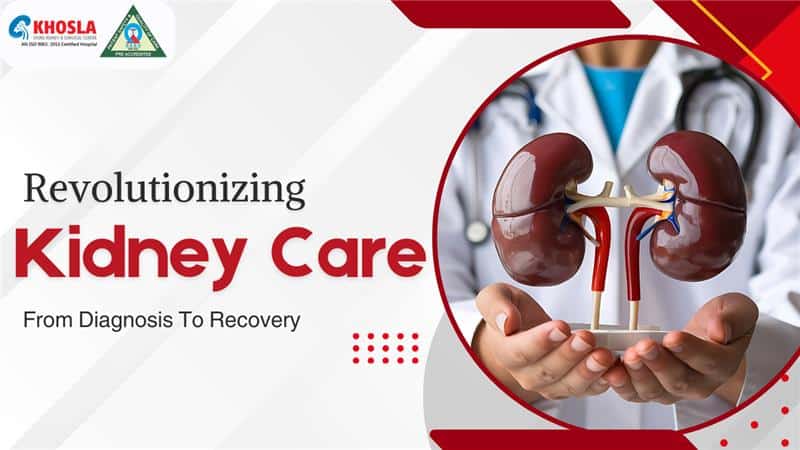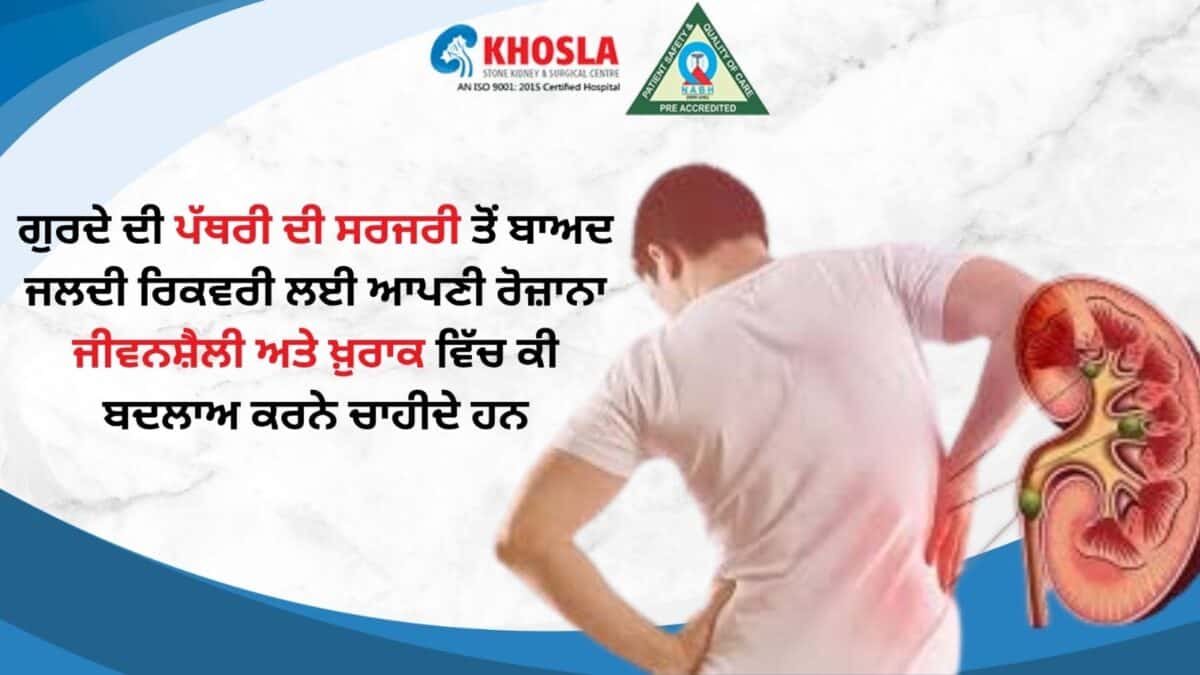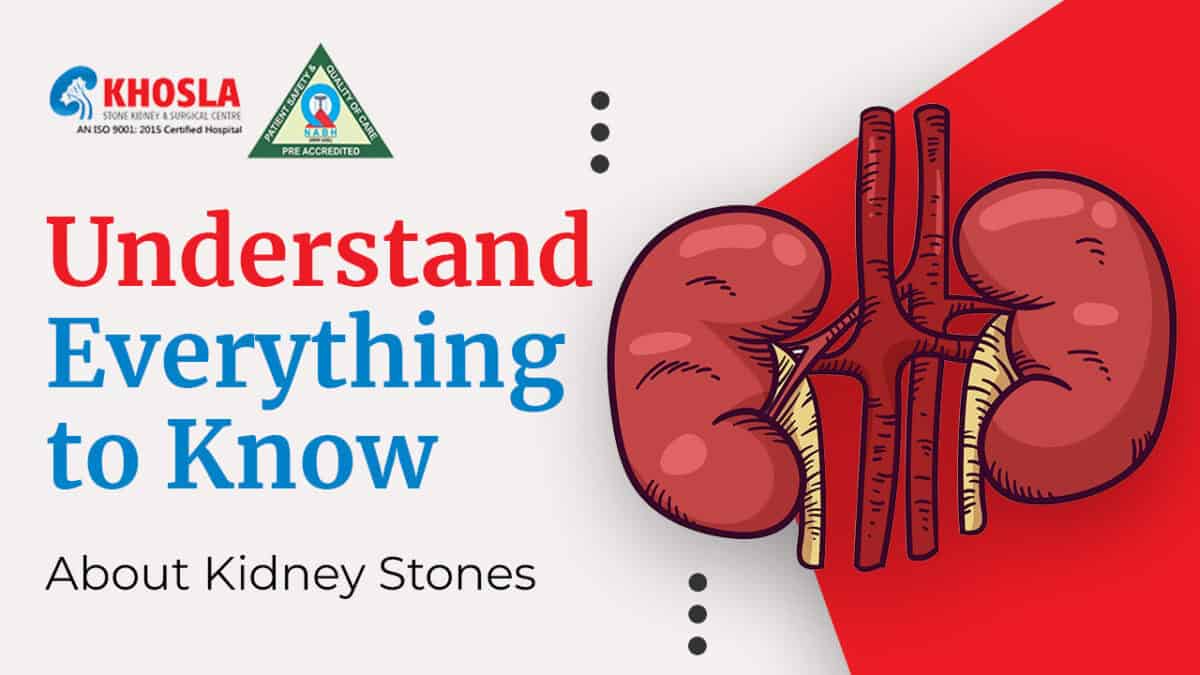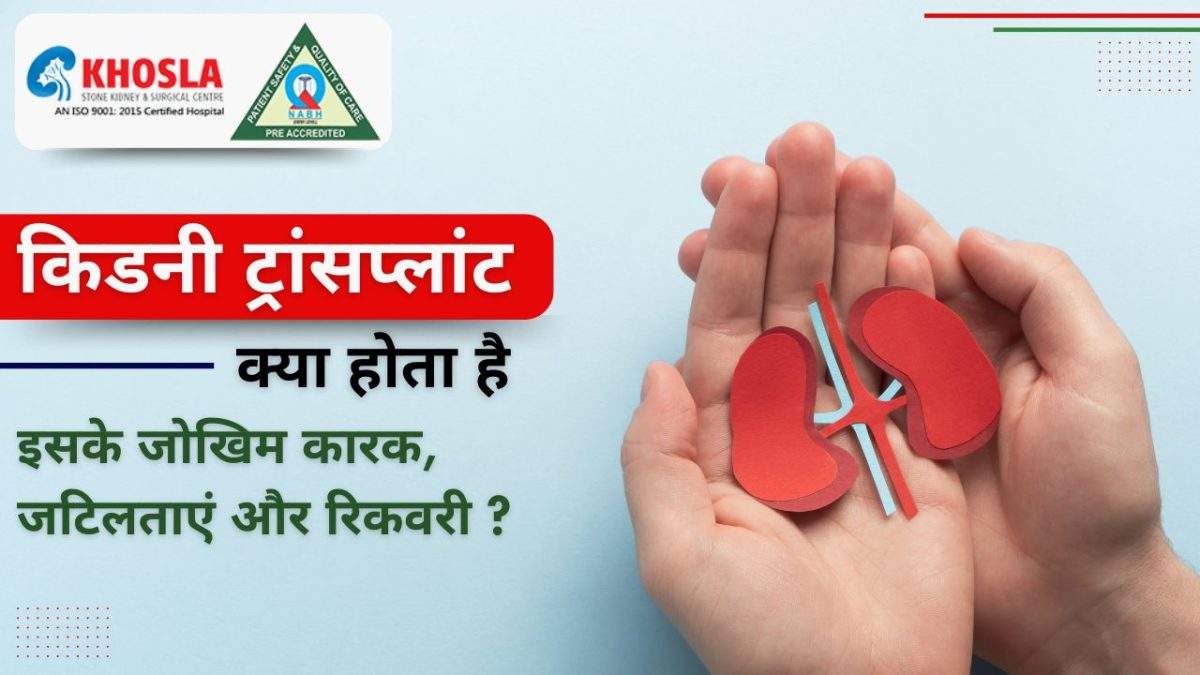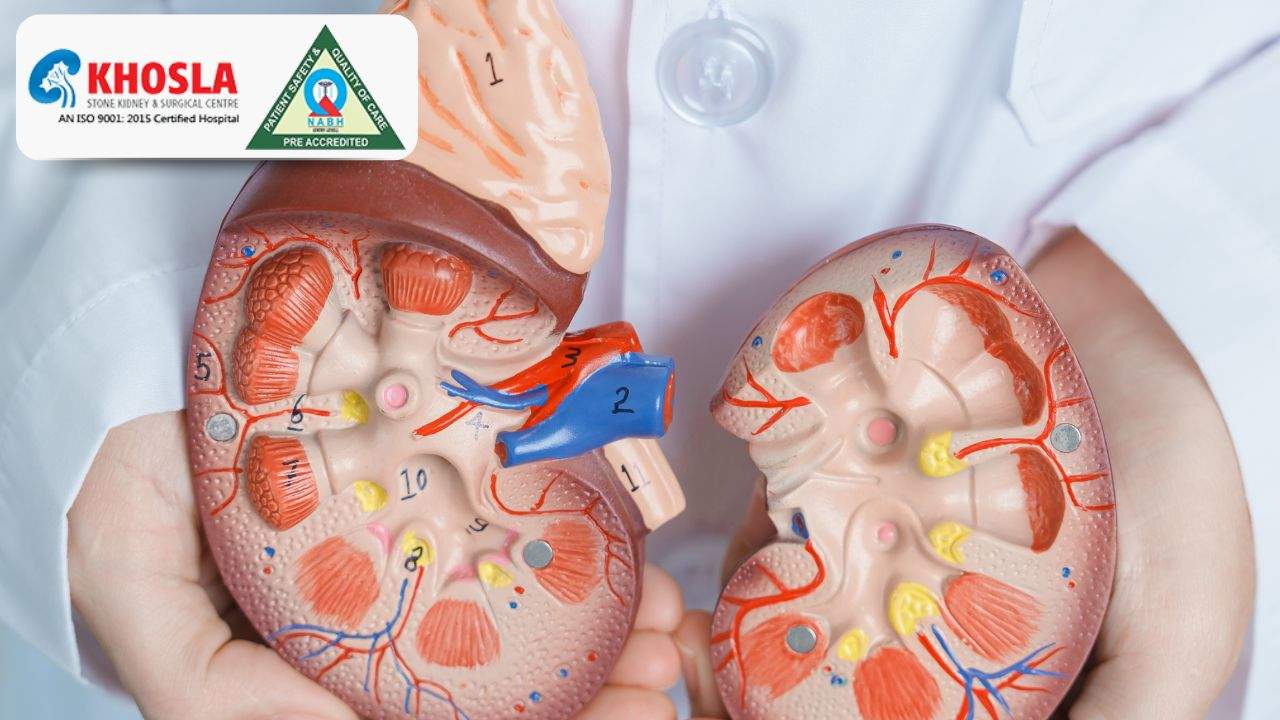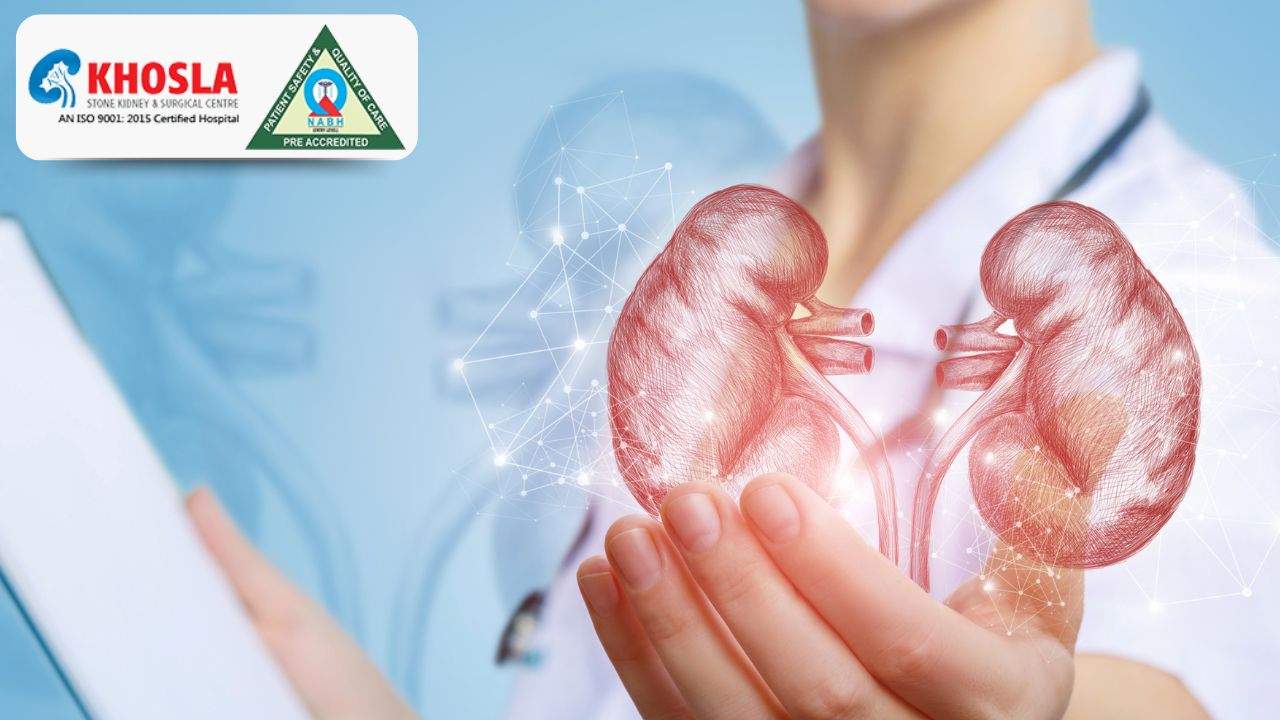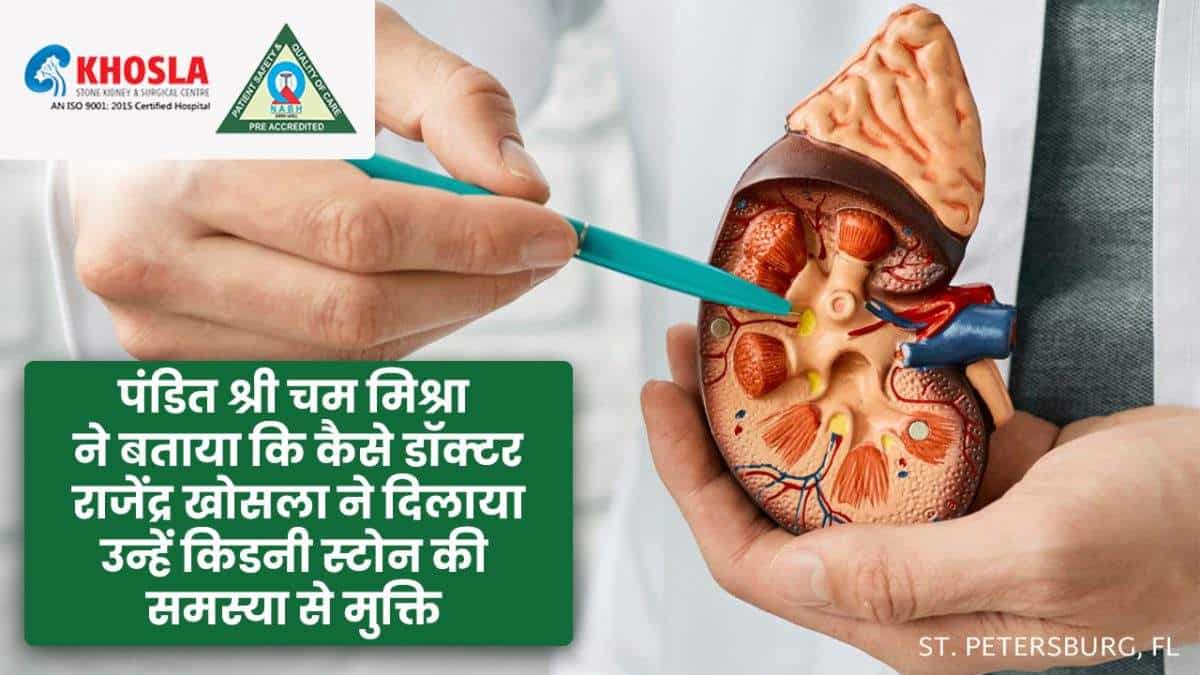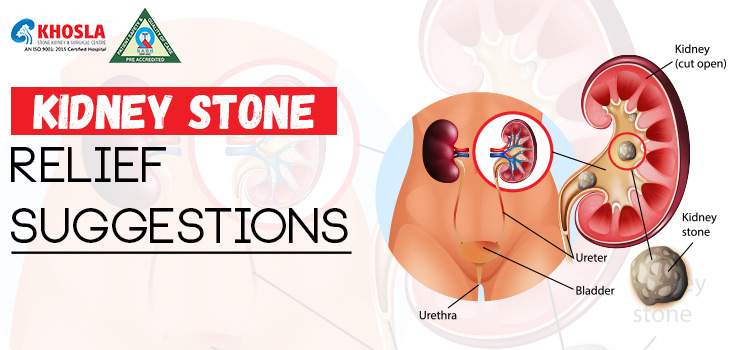![]()
अगर देखा जाए तो पारंपरिक रूप से भारत में कई बीमारियों के उपचार के लिए आयुर्वेदिक जड़ी-बूटियों का प्रयोग किया जाता है। और नीम का पेड़ इनमें से एक है जिसके कई अगला अगल हिस्सों को औषधीय माना जाता है। नीम की गुठली या फिर इसके बीज किडनी की पथरी का इलाज करने में बहुत ज्यादा प्रभावशाली होते हैं, कुछ स्थानों पर इसका ऐसा दवा किया जाता है। इस लेख के माध्यम से आइए जानते हैं कि क्या वाकई नीम के बीज गुर्दे की पथरी के लिए फायदेमंद होते हैं?
क्या नीम के बीजों से किडनी की पथरी ठीक होती है?
नीम को कई तरह की बीमारियों को ठीक करने के लिए इस्तेमाल किया जाता है। नीम को आयुर्वेद में अनेकों औषधीय गुणों से भरपूर माना गया है। अगर इसका उपयोग गलत तरीके से किया जाये तो ये सेहत के लिए बहुत नुकसानदायक भी हो सकता है। डॉक्टरों का कहना है की नीम की पत्तियों में कुछ इस तरह के तत्व पाए जाते हैं, जो किडनी में पथरी बनने से रोक सकते हैं। नीम के पत्तों में मौजूद तत्वों से शरीर में मूत्र प्रवाह बढ़ जाता है और उससे ही पथरी को तोड़ने में मदद मिलती है। पर इसका कोई वैज्ञानिक प्रमाण नहीं हैं कि नीम के बीज का सेवन करने से गुर्दे की पथरी ठीक हो जाती है।
नीम के बीज खाने के नुकसान
आखिर नीम को खाने के भी नुकसान हो सकते हैं। भले ही आयुर्वेद में नीम का प्रयोग कई तरह की बीमारियों को ठीक करने के लिए किया जाता है, पर इसका बहुत ज्यादा सेवन करना सेहत के लिए बहुत ही नुकसानदायक साबित हो सकता है। नीम के बीजों का ज्यादा सेवन शरीर को गंभीर नुकसान पहुंचा सकता है। इसलिए नीम की गुठलियों को डॉक्टर की सलाह के अनुसार खाना चाहिए। गुर्दे की पथरी को और भी ज्यादा बढ़ा सकता है। नीम की गुठलियों का ज्यादा सेवन। आम तोर पर नीम में ऑक्सालेट नाम का एक तत्व पाया जाता है। जो की पथरी का मुख्य कारण होता है। इसके साथ ही नीम की गुठली का ज्यादा सेवन व्यक्ति के गुर्दे को भी नुकसान पहुंच सकता है।
गुर्दे की पथरी के लक्षण
. लाल, भूरा या गुलाबी पेशाब का आना।
. उल्टी होना।
. जी का मिचलाना।
. बिना रंग का पेशाब आना।
. बदबूदार पेशाब आना।
. पेशाब बार बार करने की इच्छा होना।
. बुखार होना और ठंड लगना।
. पेशाब में कमी होना।
गुर्दे की पथरी से कैसे बचें?
. गुर्दे की पथरी से अपना बचाव करने के लिए आप सादा पानी, फलों का रस, दूध और छाछ या लस्सी, नारियल पानी और नींबू पानी को पी सकते हैं।
. आम तौर पर चीनी, मीठा सोडा और कोला जैसे पदार्थों का सेवन करने से गुर्दे की पथरी का खतरा बढ़ जाता है हमको इन चीजों के सेवन से ज्यादातर अपना बचाव करना चाहिए।
. हालाँकि, बहुत ज्यादा शराब का सेवन न तो गुर्दे की पथरी का खतरा बढ़ाता है और ना ही शराब का सेवन गर्दे की पथरी की समस्या से बचने के लिए किया जाना चाहिए।
गुर्दे शरीर में मौजूद जरूरी अंगों में से एक होते हैं। आम तोर पर शरीर में खून और पेशाब को फिल्टर करके, शरीर में मौजूद गंदगी और जहरीले पदार्थों को बाहर निकालना गुर्दे का मुख्य काम होता है। इसके साथ ही गुर्दे हड्डियों को मजबूत रखने, शरीर में रेड ब्लड सेल्स को बढ़ाने और ब्लड प्रेशर को नियमित करने में भी बहुत ज्यादा मदद करता है। आम तौर पर गुर्दे की पथरी का इलाज शुरुआती समय में करना बहुत जरूरी माना जाता है।
निष्कर्ष :
गुर्दे की पथरी किसी को भी हो सकती है। आज कल बदलती जीवन शैली और खानपान की वजह से गुर्दे की पथरी की समस्या बढ़ती जा रही है। डॉक्टर का कहना है की नीम की गुठलियों के सेवन से गुर्दे की पथरी को ठीक किया जा सकता है लेकिन इसका कोई भी वैज्ञानिक प्रमाण नहीं हैं। नीम की गुठलियों का ज्यादा सेवन नुकसानदायक हो सकता है क्योंकि नीम में ऑक्सालेट नाम का एक तत्व होता है, जो गुर्दे में पथरी बनने और गुर्दे को नुकसान पहुंचाने का मुख्य कारण होता है। इसलिए इसको डॉक्टर की सलाह पर ही लेना चाहिए। गुर्दे की पथरी से अपना बचाव करने के लिए सादा पानी, फलों का रस, दूध और छाछ या लस्सी, नारियल पानी और नींबू पानी को पी सकते हैं। अगर आपको भी गुर्दे की पथरी की समस्या बनी हुई है और आप इसका इलाज करवाना चाहते हैं, और इसके बारे में पूरी जानकारी लेना चाहते हैं, तो आप आज ही ख़ोसला स्टोन किडनी एंड सर्जिकल सेंटर में जाके आप अपनी अपॉइंटमेंट को बुक करवा सकते हैं और इसके विशेषज्ञों से इसके बारे में जानकरी को ले सकते हैं।


